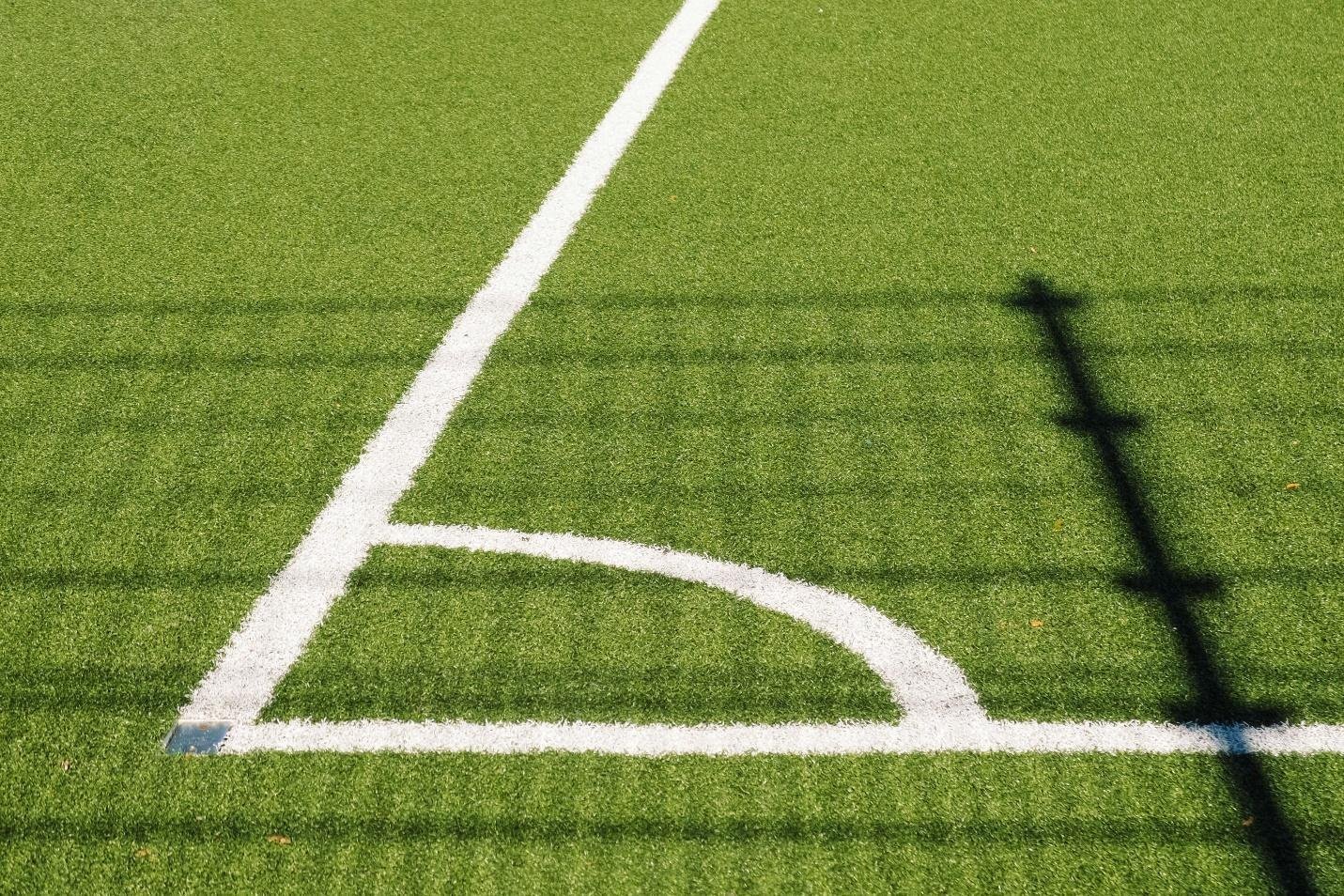Artificial turf, once primarily associated with sports fields, has evolved into a versatile landscaping solution that extends beyond mere aesthetics. Today, the design of artificial turf goes beyond the visual appeal, incorporating scientific principles to create an optimal sensory experience.
This blog explores the fascinating science behind the sensory symphony of artificial turf design.
How the Optimal Sensory Experience of Artificial Grass is Created

The Visual Symphony: Realistic Aesthetics and Color Harmony
One of the primary goals of artificial turf design is to create a visually appealing and realistic landscape. Advanced manufacturing processes now enable the production of synthetic grass with a range of colors, textures, and blade lengths that closely mimic natural grass. The visual symphony of artificial turf involves selecting the right color palette and creating a harmonious blend that enhances the overall aesthetic of the landscape.
The Tactile Harmony: Softness and Texture Underfoot
The tactile experience of walking or playing on artificial turf is a crucial element in its design. Innovations in yarn technology contribute to the creation of synthetic grass with soft and comfortable textures. The goal is to replicate the feel of natural grass underfoot, ensuring that the sensory experience is not only visually pleasing but also satisfying to touch.
Temperature Modulation: Cool and Comfortable Surfaces
One common concern with artificial turf is its potential to absorb and retain heat, making it uncomfortable, especially in warmer climates. The science of temperature modulation in artificial turf design involves incorporating cooling technologies. This can include materials that reflect sunlight and dissipate heat, ensuring that the synthetic grass remains cool and comfortable for various activities.
Sound Absorption: Creating a Tranquil Acoustic Environment
Artificial turf’s ability to absorb sound is a critical consideration in its design, especially in urban environments. The goal is to create a tranquil acoustic environment that minimizes noise pollution. The materials used in synthetic grass can be engineered to absorb and dampen sound, contributing to a more peaceful and enjoyable space.
6. Accessibility and Inclusivity: Sensory Considerations for All
Inclusive design is a key aspect of artificial turf innovation. Ensuring that the sensory experience is enjoyable for individuals with diverse needs involves considerations such as wheelchair accessibility, even textures for those with sensory sensitivities, and overall safety for all users. The design incorporates elements that make the synthetic grass inclusive and welcoming for everyone.
Final Thoughts
Artificial turf design has transcended the realm of mere visual aesthetics to become an immersive sensory experience. By integrating scientific principles into the design process, synthetic grass manufacturers aim to engage multiple senses, creating landscapes that are not only visually stunning but also satisfying to touch, smell, and hear. As the science of artificial turf design continues to evolve, we can anticipate even more innovative approaches that contribute to the creation of sensory symphonies in outdoor spaces.
Get the Complete Sensory Experience with Turf Products from Turrific Turf
Embark on a sensory journey with Turrific Turf, your landscaping company of choice in Windsor and Essex. Dive into a world of innovation with our Astroturf Installation and top-tier artificial turf services. Explore the lush possibilities with our cutting-edge turf products. Redefine your outdoor haven with our expert backyard design. Reach out now to get started.


